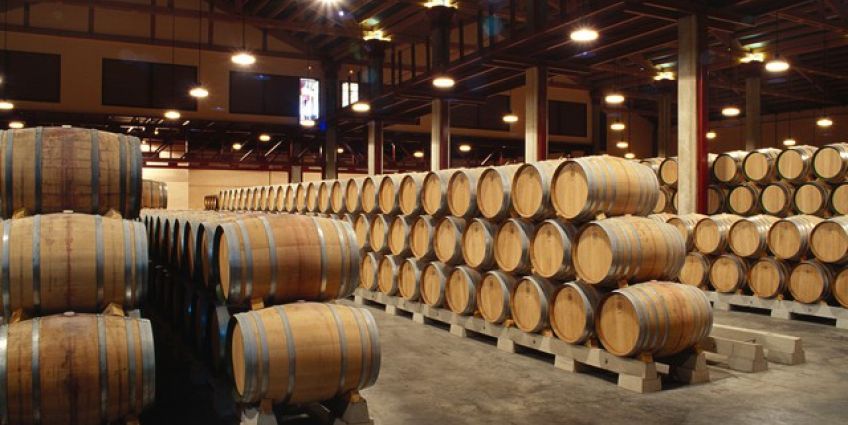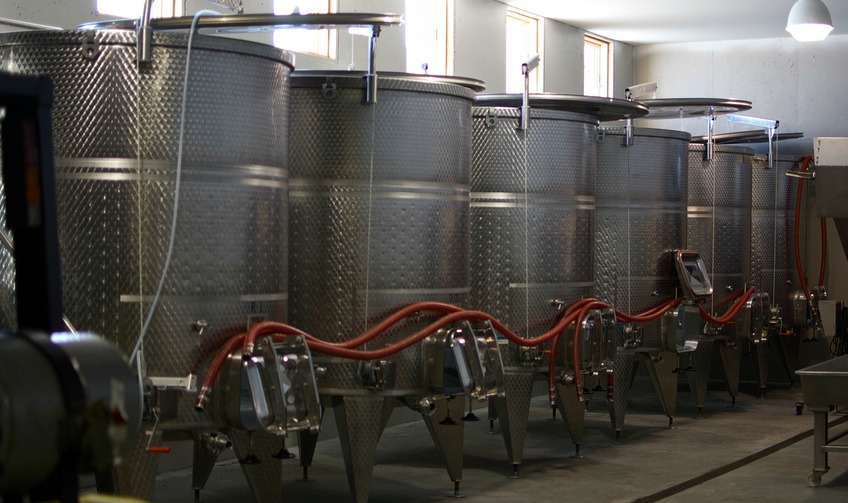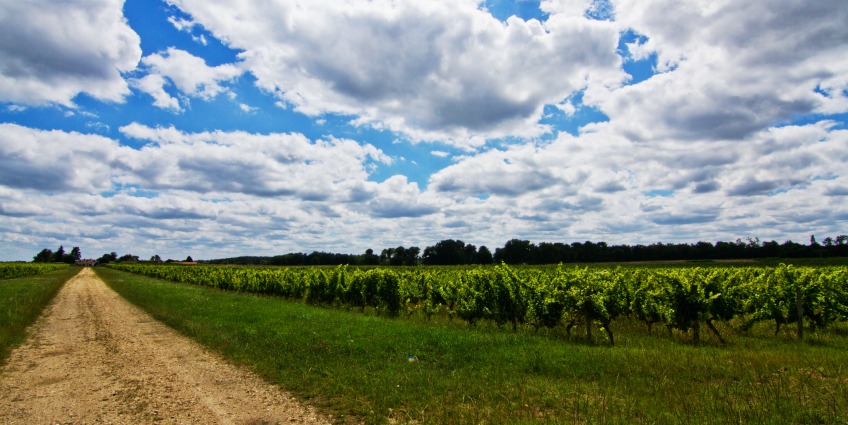Winemakers around the world use different methods of winemaking to add excitement to their wines. The reason we want to break these down for the everyday wine buyer is to create a concise point of reference so you know what to look for when reading wine labels and buying wine.
Maturation
Winemakers will allow the wine to mature in two different ways: with oxygen and without. The importance of maturing the wine is to allow complex and new flavours to develop from the vessel it is aged in. The length of time the wine is matured also has an effect on the strength of these flavours.

Oak
Oak flavours can come from a wide variety of techniques which can also have an influence on the price of the wine. For example, the cheapest wines will have been flavoured with oak essence. We then have the wines that are flavoured with either oak chips or staves and the better wines must be aged or fermented in oak barrels. The label will tell you this. A wine that says “oaked” is generally found at the cheaper end; it means that the wine has been in contact with some form of oak. If you want a good quality wine, look out for “oak-aged” or “barrel/barrique-aged”.
French Oak
French oak is used to generate silkiness and smoothness in the wine. The combination of the natural nutty and toasty flavour compounds from the oak partner wines that have fruity/floral/berry flavours exceedingly well. Wines that have soft tannins work best in French oak as the wood is less porous than its American counterpart. This means less oxygen dissolves into the wine and it is this process that makes the wine smooth. Premium Chardonnay and Pinot Noir tend to be aged in French oak because the flavour compounds in the wood are imparted more subtly than other oaks and these two grapes are the best at soaking them up.
American Oak
American oak is used mainly for big, robust reds. The wood imparts big flavours such as coconut and vanilla so you need a big wine to match it, therefore new world wines tend to be aged more in American oak. The wood is more porous than the French, meaning oxygen dissolves quicker and maturation doesn’t tend to be as long. Therefore a wine with high tannins and doesn’t need to be aged as long, such as Cabernet Sauvignon, works very well in American oak because the tannins become palatable quickly and the big flavours from the grape and the wood mingle together well. Essentially you need a grape that doesn’t soak up flavours too easily otherwise the wine will be overpowering.
It is the barrel ageing method that imparts the most flavour due to direct contact with oak. Both types of these oak varieties are used all over the world, so it is really up to the winemaker to choose which flavours they desire.
If you love your oaky flavours then go for a wine that has been not only oak-aged but also oak-fermented in new oak barrels (new oak gives more flavour than old oak), this is the process that imparts the most oak flavour. This is mainly found in white wines, Burgundy Chardonnay for example, as it is impractical to oak-ferment red wine.
It is worth noting however that if you enjoy wines that have nutty/coffee/toffee flavours, but you do not enjoy the oak flavour itself you can choose a wine that has been aged in an old oak barrel. An old barrel will not really impart oak flavour but will still produce a smooth wine because of the oxygen that can get in. You still get those nutty flavours from this process.
 Image: Flickr.com/Ben Carr
Image: Flickr.com/Ben Carr
Stainless Steel/Concrete Vats
Maturation without oxygen dissolving into the wine occurs when the wine is aged in an airtight vessel, such as stainless steel and concrete vats. Due to the lack of oxygen the wine will stay the same for months and won’t develop any new flavours. The use of these vats is mainly for white wines to preserve their natural fruity aromas.
Bottle Aged
Maturation in bottles produces some very interesting results. The chemical changes rapidly occur to the wine because of the low quantity in the bottle. Aromas for young wines can change into more vegetal notes like leather and mushrooms. However these wines do not age well; in fact most of the fruit flavours will fade away and leave the vegetal aromas as the dominant flavour which isn’t very pleasant.
Malolactic Fermentation
This is the process of converting the tart-tasting malic acids, which are naturally present in the grape juice, to the softer tasting lactic acid. This process is standard for red winemaking however, it is in white winemaking where this method can really start to have a big impact on different styles of wine. For example a winemaker will allow malolactic fermentation to occur in white Chardonnay to impart a buttery flavour. They will actively stop the process in order to maintain the tartness for a more floral, crisp white. So if you like buttery, toasty and viscous Chardonnays, check if the wine has gone through this process.
Old Vines
Vines can grow for a very long time (well over a hundred years). They start to produce fruit after around two years and at twenty they will start to produce lower yields. It is these old, gnarly vines that produce the best quality grapes. Less is more when it comes to wine; the old vines produce less fruit than the young ones, essentially concentrating the amount of fruit flavours into fewer grapes. In short, better wines are produced. Look for the term “Old Vine” or “Vieilles Vignes” (the French equivalent) on the label to know you’re buying a wine of a high standard and some are not that expensive at all. The problem however, is that the term “Old Vine” is not a legal definition. Therefore the term on any old bottle may not be an indication of better quality. So to ensure you’re buying the quality, look for wines that are generally priced at over £10 and from a reputable winemaker or small family-owned estate.
 Image: Flickr.com/Emanuela Piazza
Image: Flickr.com/Emanuela Piazza
Terroir
To put it simply, the terroir determines the flavours you can acquire from the land or climate the wine is produced in. For example, the vineyards that produce Châteauneuf-du-Pape have soils that are littered with pebbles. These pebbles can produce a mineral or stony quality in the wine. The reason for this is that the vines dig deeply into the soil and after a number of years they start to take on those mineral qualities. This obviously differs around the world, but if you really want to pinpoint the exact taste you’re looking for, then look at the terroir of the wine and how the geographical implications affect the wine.
Other Techniques
For the everyday wine buyer these are good examples of how a winemaker can add flavours to their wines. There are other ways which are quite self-explanatory, such as “hand-harvested” and “un-oaked”, but use this to help you find the right wine for you. Just remember, the use of an oak barrel does not mean the wine is always going to taste of oak. Read the label.
If you love wine and have always wanted to learn the skills needed to be a master winemaker then look no further! Travel to Bordeaux to create your own wine.
Tags: Wine, wine education, winemaking, wineries
